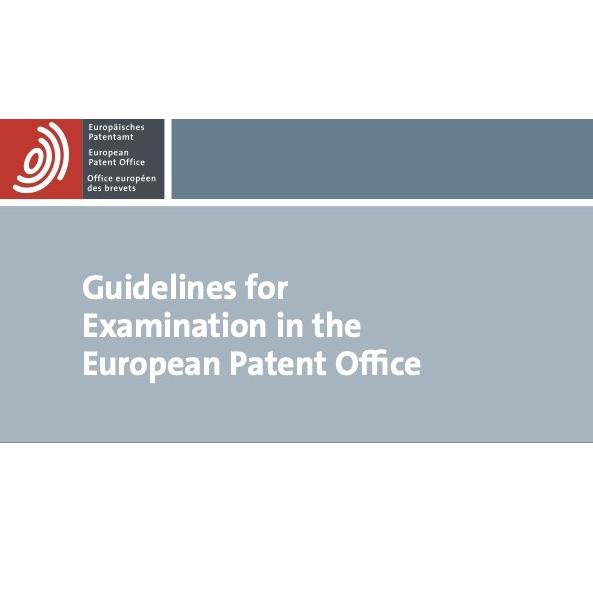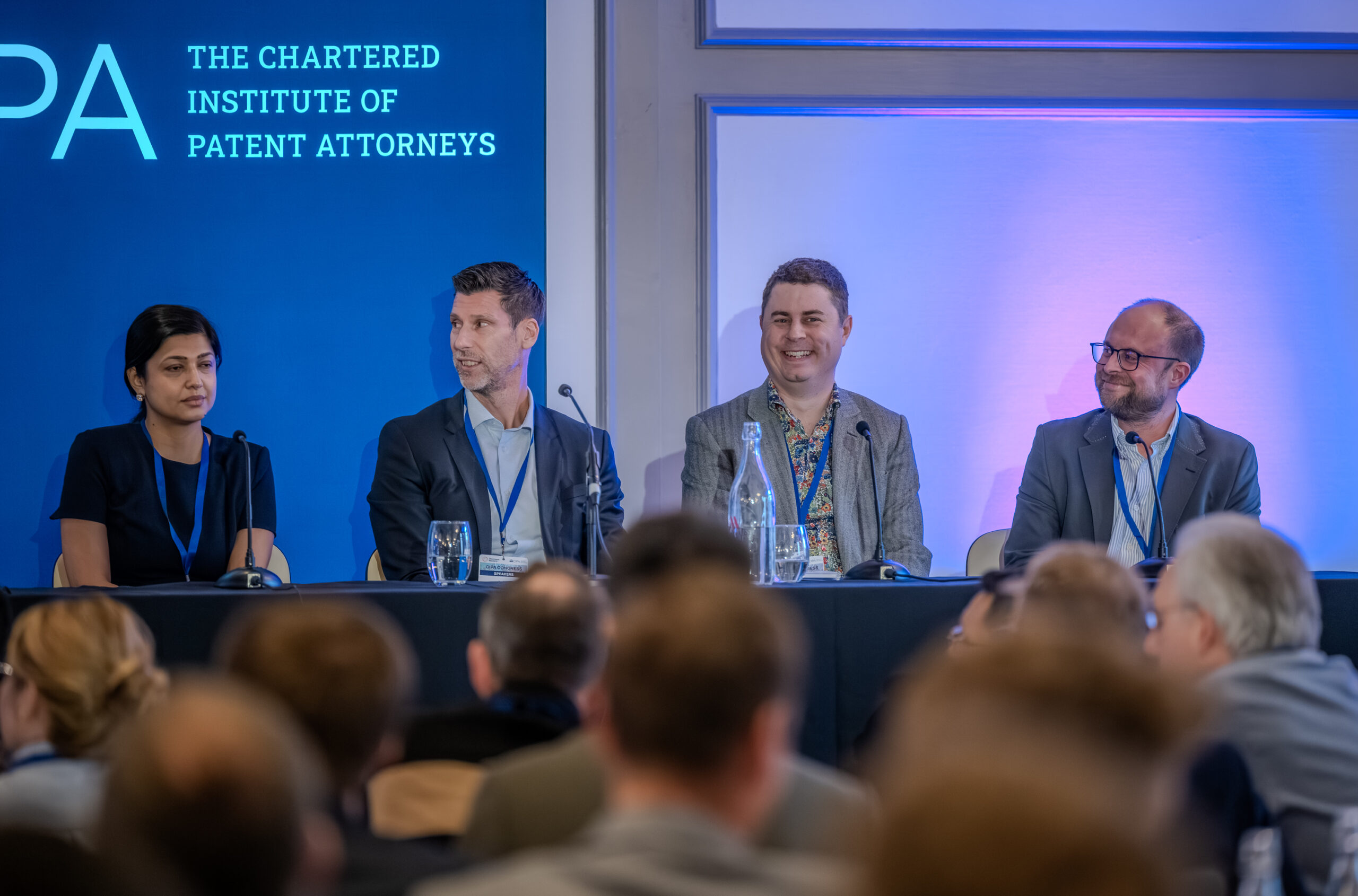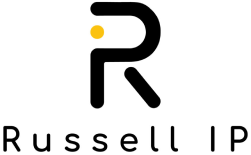Overview
In this series of five short articles, I’ll share my top five most-used parts of the EPO’s Guidelines for Examination during patent prosecution before the EPO, along with an explanation of why I think they’re so useful.
Why would I ‘give away’ my prosecution ‘secrets’, you might wonder! Well, they’re not really secrets and I hope that, by sharing them, others may benefit and there may be some helpful discussion that could make my own use of them even more effective!
These articles might also be helpful for those studying for EQE Paper B (Amendment).
Part 1
In Part 1 of the series, I shared a quote I often rely on from Part G-VI, 2 of the Guidelines concerning “Implicit features or well-known equivalents”.
Part 2
In this article, Part 2 of the series, it’s Part G-VII, 5.2 of the Guidelines concerning “Formulation of the objective technical problem”.
The particular extract I often quote, or at least refer to, is (my emphasis added):
In the context of the problem-solution approach, the technical problem means the aim and task of modifying or adaptingthe closest prior art to provide the technical effects that the invention provides over the closest prior art.
This is, arguably, the core of the problem-solution approach and, I find, helps focus the mind and arguments on the key elements of demonstrating inventive step in the vast majority of cases.
It tries to help assess, as objectively as possible, whether the claimed invention would have been obvious to a notional skilled person.
And, for that reason, I find it helpful to include or reference when making inventive step arguments.
Problem-solution
As set out in an earlier section of Part G-VII, 5.2 of the Guidelines, and as steps of the problem-solution approach that precede the above, we’ve already identified (i) “the distinguishing feature(s)” of the claimed invention with respect to the closest prior art and (ii) the technical effect(s) resulting from the distinguishing feature(s).
The objective technical problem is, then, the aim and task of modifying or adapting the closest prior art to provide the identified technical effect(s).
Something’s being modified or adapted
The question isn’t just ‘is the claimed invention obvious’; it’s whether the skilled person would have modified or adapted something to arrive at it.
Is there a reason why they wouldn’t have modified or adapted that thing at all?
Might they have modified or adapted that thing but ended up with something other than the claimed invention?
What’s being modified or adapted?
I often see people (attorneys, applicants, examiners) formulating the objective technical problem in terms of modifying or adapting “D1”, say, where D1 is the closest prior art document.
I think this can be helpful to word the objective technical problem slightly differently by referring to the system / method / device, etc. described in that prior art document as the skilled person isn’t trying to modify the prior art document itself.
I therefore often formulate the objective technical problem as the aim and task of modifying or adapting the [system / method / device, etc] of the closest prior art to provide the identified technical effect(s).
What’s the skilled person’s driver for the modifying or adapting?
The extract from the Guidelines quoted above is also useful because it emphasises that the skilled person is driven by trying to provide a particular technical effect.
They’re not just tinkering for fun.
Sometimes it’s helpful to put yourself in the shoes of the skilled person, with the system / method / device, etc. described in the closest prior art document ‘in hand’, and ask: what would I actually do to modify or adapt this thing so that it achieves that particular effect?
This questioning can suggest things that the skilled person would do, instead of the skilled person doing what’s claimed.




